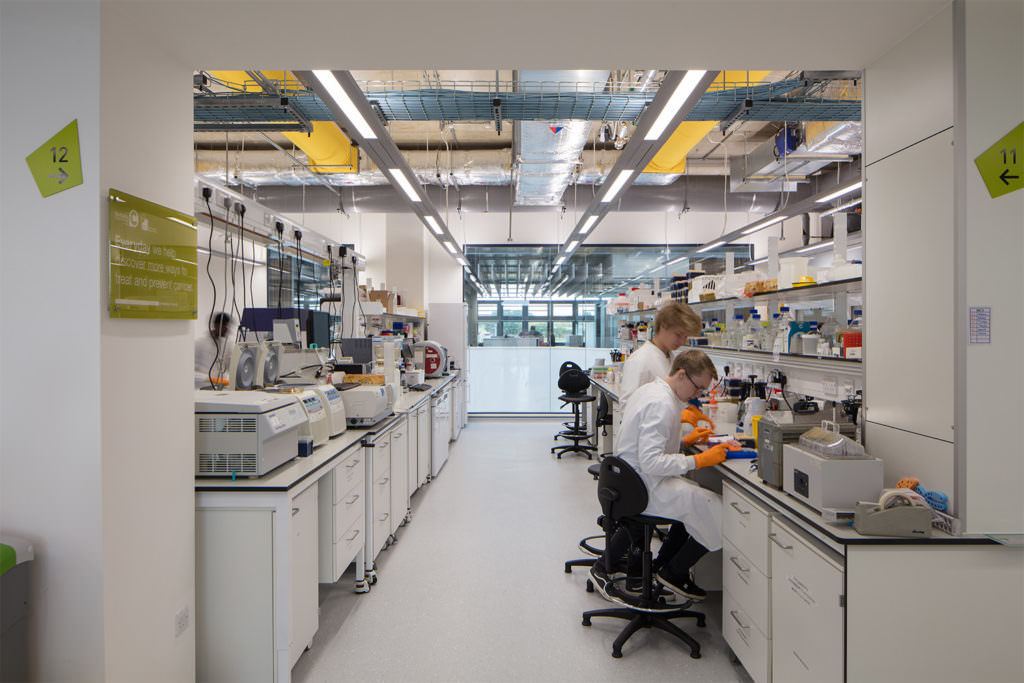
The following scenario happens way more often than you might think: Somebody enters an empty office building in the morning just to find that some lights, heating systems and HVAC had been turned on the entire night even though nobody was in the building. This is not only a safety issue but also a huge and unnecessary cost factor. Why would you want to pay huge bills for energy consumption that you could easily avoid? Plus it’s bad for our environment due to increased CO2 emissions.
This is an extreme example but we can easily break it down to an even more common one: Unused building space means significant costs because rooms are often lit and heated, even though no one is working in there. Building automation solutions are the best way to counteract this.
Sensors that are networked with each other enable intelligent utilisation management and allow the efficient control of lighting, heating, shading, ventilation and HVAC. Our wireless switches and sensors that communicate using different radio standards (EnOcean, Bluetooth, Zigbee) are the way to smart buildings. They control light, heating, shading, ventilation and HVAC on a demand-based level in an efficient and smart way, helping to reduce energy consumption and, obviously eliminating any unnecessary costs.

Every day after class, someone from Givors’ high school (near Lyon, France) had to go around to all the classrooms to close all the shutters. This task required time, caused building heat loss and was a security breach. It was no longer possible to verify that more than 600 roller shutters were properly closed.
Consequently, the high school chose to transform all its shutters into motorized equipment. To ease management and save time, the high school chose a smart solution: the EnOcean battery-free solution. The main goal was to be able to remotely close all the shutters while keeping track of status feedback to avoid security breaches and to be sure to include every shutter.

Initially driven by the 2020 energy-reduction targets and Energy Savings Opportunity Scheme (ESOS) in the UK, Cavendish Engineers was tasked with improving the efficiency of workspaces across its client’s London portfolio.
By partnering with Pressac, Cavendish had access to highly accurate CO2 sensors to complete their innovative solution. The sensors use wireless technology and are solar-powered, making them easy to install, low-maintenance, and easy to slot into existing systems alongside other EnOcean Alliance products. What’s more, by using Pressac’s smart gateway they can convert EnOcean data into JSON data and send it straight to an MQTT broker or leading IoT platform.

The Quadram Institute, located at Norwich Research Park, opened in May 2018. Among its facilities, it boasts one of Europe’s largest gastrointestinal endoscopy units and clinical research facilities. The building showcases the flexibility of Prolojik’s lighting control system, demonstrating DALI lighting, Central Battery Integration, BACnet and IP integration, along with EnOcean energy harvesting user control.
The project integrates 3,000+ DALI luminaires into Prolojik’s DALI controllers. Over 100 DALI networks are connected to an Ethernet network using TCP/IP area controllers. Control for occupancy and daylight is achieved by over 600 conduit box-mounted DALI multi-sensors, which are designed to fit directly into BESA enclosures, making them ideal for exposed ceilings.
Find the right distributor for our modules, components and finished products in your region!

The EnOcean newsletter informs you regularly about exciting projects in the areas of IoT and smart buildings as well as current events and new products.
© 2025 EnOcean GmbH. All rights reserved.